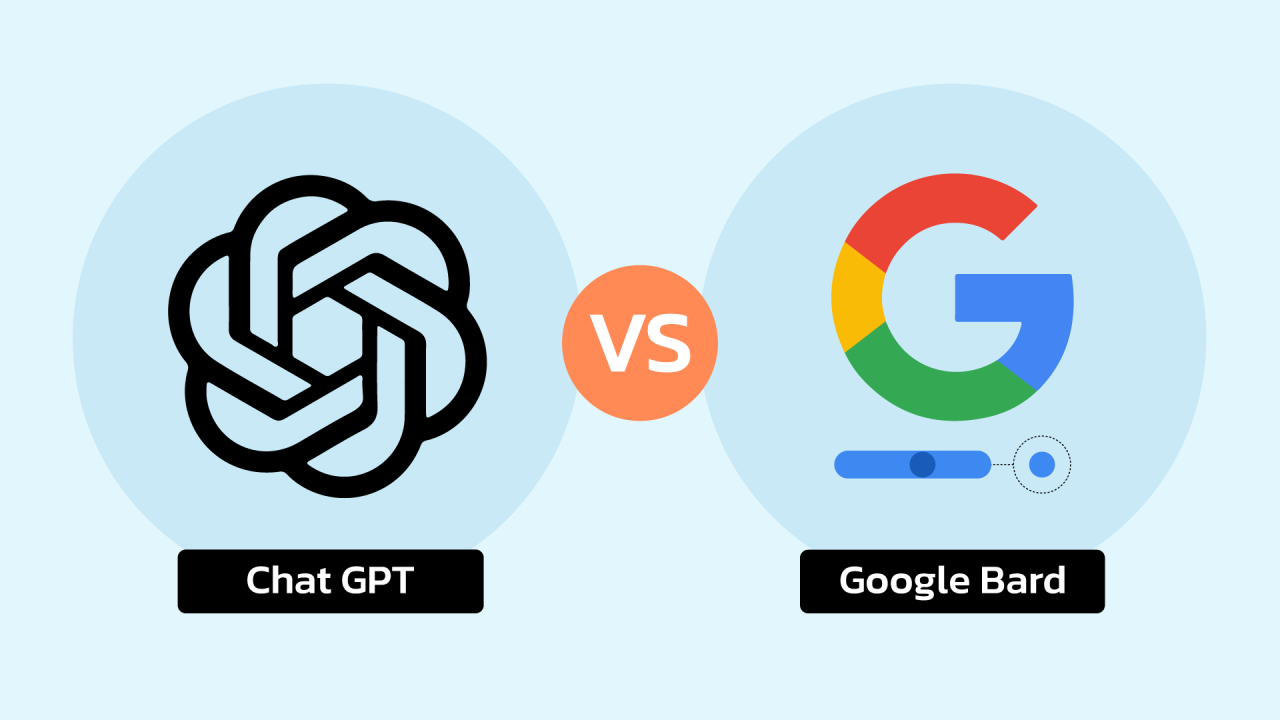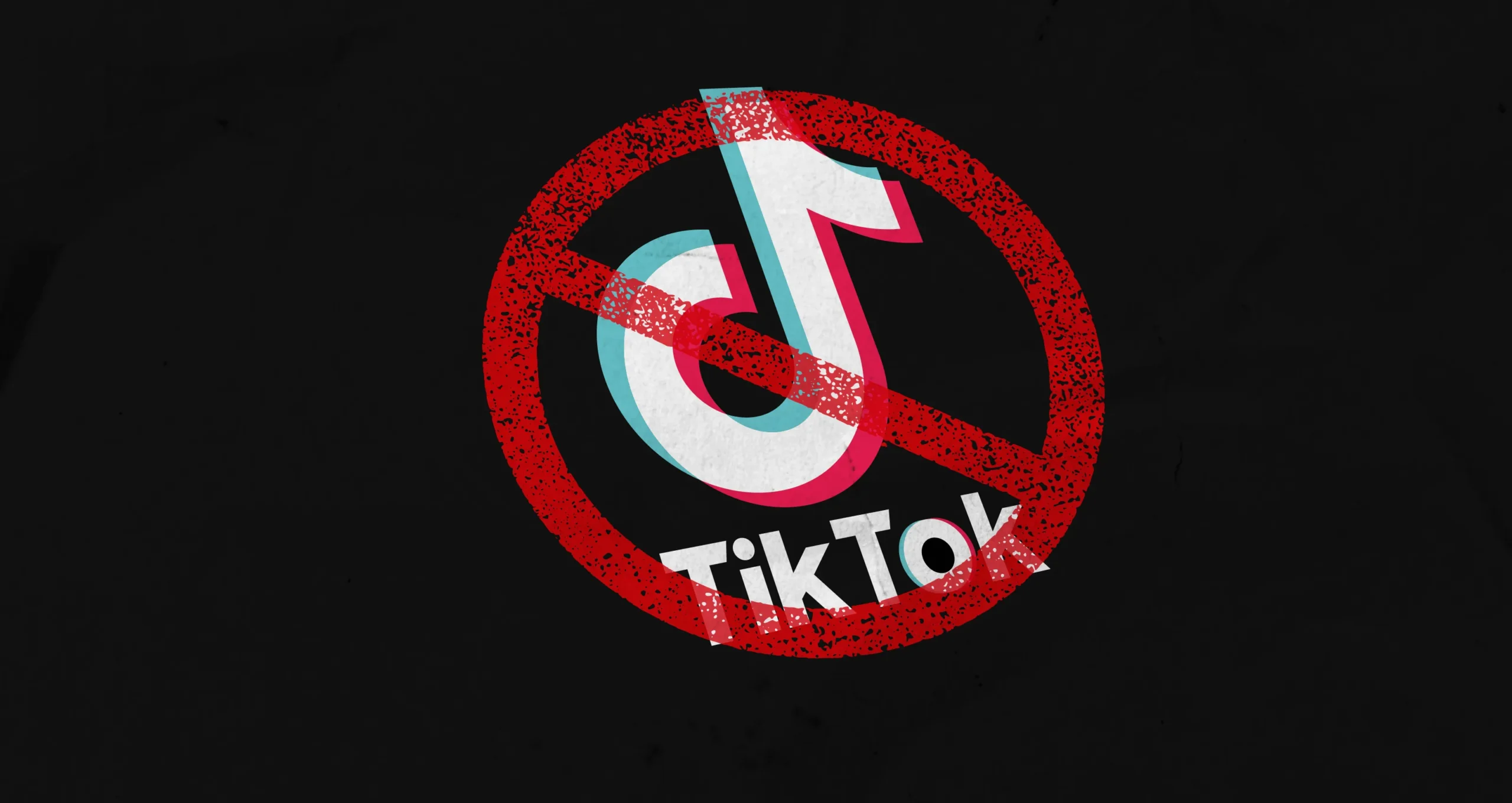The iPhone 15 Pro Max and the Google Pixel 8 Pro are two of the most advanced and expensive smartphones on the market.
They both offer stunning displays, powerful performance, impressive cameras, and long-lasting batteries.
But which one is right for you? Let’s compare them based on some key features and specifications.
Read Also: Find My iPhone: How To Track and Secure Your Device
Display
Both phones have 6.7-inch OLED screens with high resolution and refresh rate. The iPhone 15 Pro Max has a Super Retina XDR display with 1290 x 2796 pixels, 19.5:9 ratio, 460 ppi density, and 120Hz adaptive refresh rate.
It also supports HDR10, Dolby Vision, and up to 2000 nits peak brightness.
The Google Pixel 8 Pro has a LTPO AMOLED display with 1440 x 3120 pixels, 19.5:9 ratio, 513 ppi density, and 120Hz adaptive refresh rate.
It also supports HDR10+ and up to 2400 nits peak brightness. Both displays are protected by Corning-made glass and have always-on features.
The Pixel 8 Pro has a slightly higher resolution, pixel density, and peak brightness than the iPhone 15 Pro Max, which may give it an edge in terms of sharpness, clarity, and visibility.
However, the iPhone 15 Pro Max has a more accurate color reproduction and contrast ratio, thanks to its Dolby Vision support and Ceramic Shield glass.
Both displays are excellent for watching videos, playing games, and browsing the web, but the Pixel 8 Pro may appeal more to those who prefer a more vivid and vibrant screen.
Performance
Both phones are powered by their own custom-made chips that are based on the latest technology and architecture.
The iPhone 15 Pro Max has the Apple A17 Pro chip, which is a hexa-core processor with two high-performance cores and four efficiency cores.
It also has an Apple GPU with six cores and a Neural Engine with 16 cores.
The Google Pixel 8 Pro has the Google Tensor G3 chip, which is a nine-core processor with one Cortex-X3 core, four Cortex-A715 cores, and four Cortex-A510 cores.
It also has an Immortalis-G715s MC10 GPU and a Tensor Processing Unit (TPU) for machine learning tasks.
The iPhone 15 Pro Max has a more powerful CPU and GPU than the Google Pixel 8 Pro, which may give it an advantage in terms of speed, multitasking, gaming, and graphics rendering.
However, the Google Pixel 8 Pro has a more advanced TPU than the iPhone 15 Pro Max, which may give it an edge in terms of artificial intelligence, image processing, speech recognition, and natural language understanding.
Both phones run on their own operating systems: iOS 17 for the iPhone 15 Pro Max and Android 14 for the Google Pixel 8 Pro.
Both systems are smooth, secure, and user-friendly, but they have different features, apps, and ecosystems that may suit different preferences and needs.
Camera
Both phones have impressive rear camera setups that consist of three lenses: a wide-angle lens, a telephoto lens, and an ultra-wide-angle lens.
The iPhone 15 Pro Max has a 48 MP wide-angle lens with f/1.8 aperture, dual pixel PDAF, sensor-shift OIS; a 12 MP telephoto lens with f/2.8 aperture, dual pixel PDAF, OIS; and a periscope telephoto lens with f/3.5 aperture that can achieve up to 5x optical zoom. It also has a LiDAR scanner for depth sensing and autofocus.
The Google Pixel 8 Pro has a 50 MP wide-angle lens with f/1.9 aperture, multi-directional PDAF; a laser AF; OIS; a 48 MP telephoto lens with f/3.5 aperture that can achieve up to 5x optical zoom; OIS; multi-directional PDAF; and a 64 MP ultra-wide-angle lens with AF.
The iPhone 15 Pro Max has a higher resolution wide-angle lens than the Google Pixel 8 Pro, which may result in more detailed and crisp photos.
However, the Google Pixel 8 Pro has a higher resolution ultra-wide-angle lens than the iPhone 15 Pro Max, which may capture more scenery and perspective in shots. Both phones have similar telephoto lenses that can zoom in without losing quality or clarity.
Both phones also have excellent software features that enhance their camera performance, such as Night Mode, Portrait Mode, HDR+, and Cinematic Mode.
Both phones can record videos in up to 4K resolution at 60 fps, with stereo sound, optical stabilization, and cinematic effects.
Both phones have high-quality front-facing cameras that can take selfies and make video calls. The iPhone 15 Pro Max has a 12 MP TrueDepth camera with f/2.2 aperture, Face ID, and Animoji.
The Google Pixel 8 Pro has a 16 MP camera with f/2.0 aperture and Face Unlock.
Battery
Both phones have large batteries that can last for a long time on a single charge. The iPhone 15 Pro Max has a 4,400 mAh battery that supports fast wired charging (up to 25W), fast wireless charging (up to 15W), and reverse wireless charging (up to 5W).
The Google Pixel 8 Pro has a 5,050 mAh battery that supports fast wired charging (up to 30W), fast wireless charging (up to 20W), and reverse wireless charging (up to 10W).
The Google Pixel 8 Pro has a slightly larger battery capacity than the iPhone 15 Pro Max, which may give it a longer battery life. However, the actual battery performance may vary depending on the usage, settings, and features of each phone.
Both phones have fast and convenient charging options that can replenish their batteries quickly and wirelessly.
Both phones can also share their power with other compatible devices, such as earbuds, smartwatches, or other phones.
Other features
Both phones have other features that make them more attractive and functional. The iPhone 15 Pro Max has a USB-C port that supports data transfer, charging, and video output. It also has Apple Pay, which is a secure and convenient way to make payments using NFC or Face ID.
The Google Pixel 8 Pro has a fingerprint scanner on the back that can unlock the phone and authenticate transactions. It also has Google Pay, which is a similar service that uses NFC or face recognition.
Both phones have dual speakers that produce stereo sound, water and dust resistance (IP68 rating), Bluetooth 5.2, Wi-Fi 6E, NFC, GPS, and 5G connectivity. Both phones also support eSIM and dual SIM options, depending on the region and carrier.



